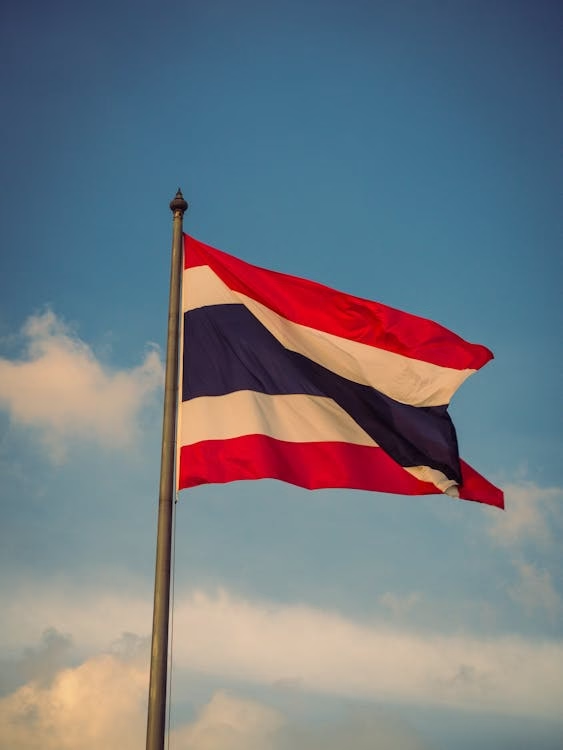Bangkok, Thailand – June 5, 2025
Thailand’s political scene in 2025 remains a mix of hope, tension, and transformation, as the government led by Prime Minister Srettha Thavisin navigates growing public expectations, economic recovery, and calls for deeper democratic reforms.

Srettha Thavisin, from the Pheu Thai Party, came into power following the 2023 general elections, heading a broad coalition that brought together establishment-aligned forces and opposition parties in an effort to stabilize the country. His government marked the return of civilian leadership after nearly a decade of military dominance in politics.
While the coalition aimed to deliver economic recovery, youth empowerment, and constitutional reform, progress has been slower than many hoped.
The government has rolled out a series of economic stimulus measures to boost post-pandemic recovery, including support for tourism, digital innovation, and small businesses. Inflation remains moderate, but concerns over wealth inequality, rural hardship, and rising debt levels persist.
Young Thais, especially, are expressing frustration over job prospects and cost of living, fueling continued support for reform-oriented movements.
Pro-democracy groups such as Move Forward Party (MFP) and youth-led activists have continued to advocate for:
- Reform of the monarchy’s role in politics
- An inclusive, modernized constitution
- Fairer elections and media freedom
Though public protests have been less frequent in 2025 compared to previous years, online activism and student-led discourse remain strong, often clashing with existing cybersecurity laws and lèse majesté provisions.
Thailand continues to balance its foreign relations between traditional Western allies and rising regional powers like China. Ongoing talks with ASEAN partners aim to strengthen trade, tech, and climate cooperation.
Meanwhile, international human rights groups continue to monitor freedom of expression and political transparency in the country.
With local elections on the horizon and mounting public pressure, observers expect further cabinet reshuffles and possible steps toward constitutional amendment, especially on the issues of electoral reform and Senate power.
Prime Minister Srettha has promised to listen more to public concerns and push forward with policies aimed at improving daily life for working-class citizens.
Rorbong.com will continue to monitor developments in Thailand’s political landscape and share timely updates on regional politics, society, and global affairs.


iwwwuqvnwxgruxosunzwohnndjlmvp
twzgddnujlurjoeknvonrwgkffzzkj